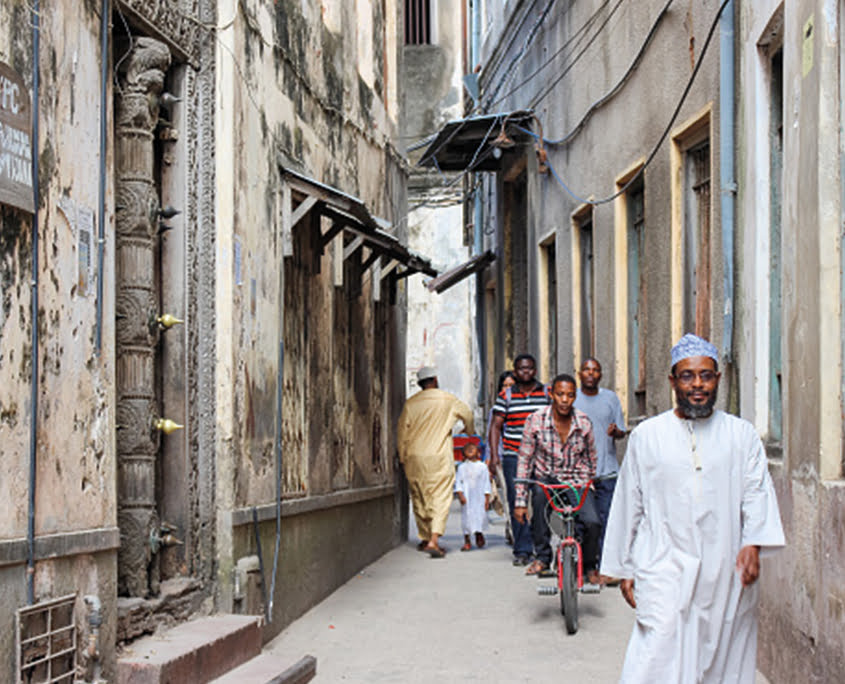The global impact of respecting indigenous cultures and practices
Indigenous peoples face ongoing challenges due to long-standing marginalisation and various vulnerabilities. These historical and systemic issues contribute to their limited access to essential services and resources, including education, healthcare, and digital communications. This prolonged history of disadvantage significantly impacts their ability to access and benefit from these crucial areas, creating barriers to equal opportunities.
Despite these challenges, some Indigenous peoples choose to maintain a deep connection to their land and nature, opting to live with little or no contact with the outside world. This year’s International Day of the World’s Indigenous Peoples the focus is on the importance of respecting and honoring the rights, cultures and ways of life of Indigenous peoples, particularly those in voluntary isolation or initial contact. We must respect their choices, protect their rights and work to preserve their distinct cultures and ways of life.
The global community can learn invaluable lessons about sustainable living from the Indigenous community. Valuing and respecting their ways of life is not just a lesson in ethical standards and biodiversity conservation but also a crucial step towards a healthier and more equitable world. It is equally important to learn and understand how best to tell the story of a community, especially one that is marginalised or isolated, in a thoughtful and respectful manner.
A strong way to demonstrate a commitment to fairness, justice and the dignity of all people while reinforcing global values of respect and protection is by honouring the rights and ways of life of Indigenous peoples. This approach promotes global ethical standards and human rights and highlights the importance of safeguarding vulnerable populations and respecting their choices and autonomy. This means acknowledging and supporting their life decisions, including their choice to remain isolated from the outside world. The world must recognise and protect such at-risk groups due to their unique circumstances and historical marginalisation.
These groups preserve unique languages, traditions and knowledge systems that add to the rich cultural diversity of humanity. Their traditional ecological knowledge provides valuable insights into sustainable living and environmental conservation. This is because Indigenous peoples often live in some of the world’s most biodiverse regions and play a critical role in protecting these ecosystems. Their sustainable land management practices help maintain biodiversity and contribute to the global fight against climate change. Additionally, Indigenous peoples’ deep connection to their land and nature often results in practices that preserve the health of ecosystems. Learning from their stewardship can inform global strategies for conservation and environmental protection.
It is important to note that Indigenous knowledge about medicinal plants and natural remedies has contributed to modern medicine. Many modern medicines have been developed based on these traditional remedies. Indigenous communities have long used specific plants and natural ingredients to treat various ailments, and researchers have studied these practices to create effective pharmaceutical drugs. This traditional knowledge has thus played a significant role in advancing modern medicine.
How then do you tell such a community’s story to capture their contributions to the global society? Like with any storytelling of a community, it is crucial to engage the community in telling their own story. This involves understanding their perspective from their historical background, cultural practices and current challenges. You must respect their choices with regards to the level of exposure and interaction they are comfortable with and allow them to share their stories through their own words and viewpoints rather than imposing an external narrative. This will involve close collaboration with the community to ensure their story is told in a way that aligns with their values and perspective and highlight as much as possible their resilience, achievements and contributions to their communities and beyond.



